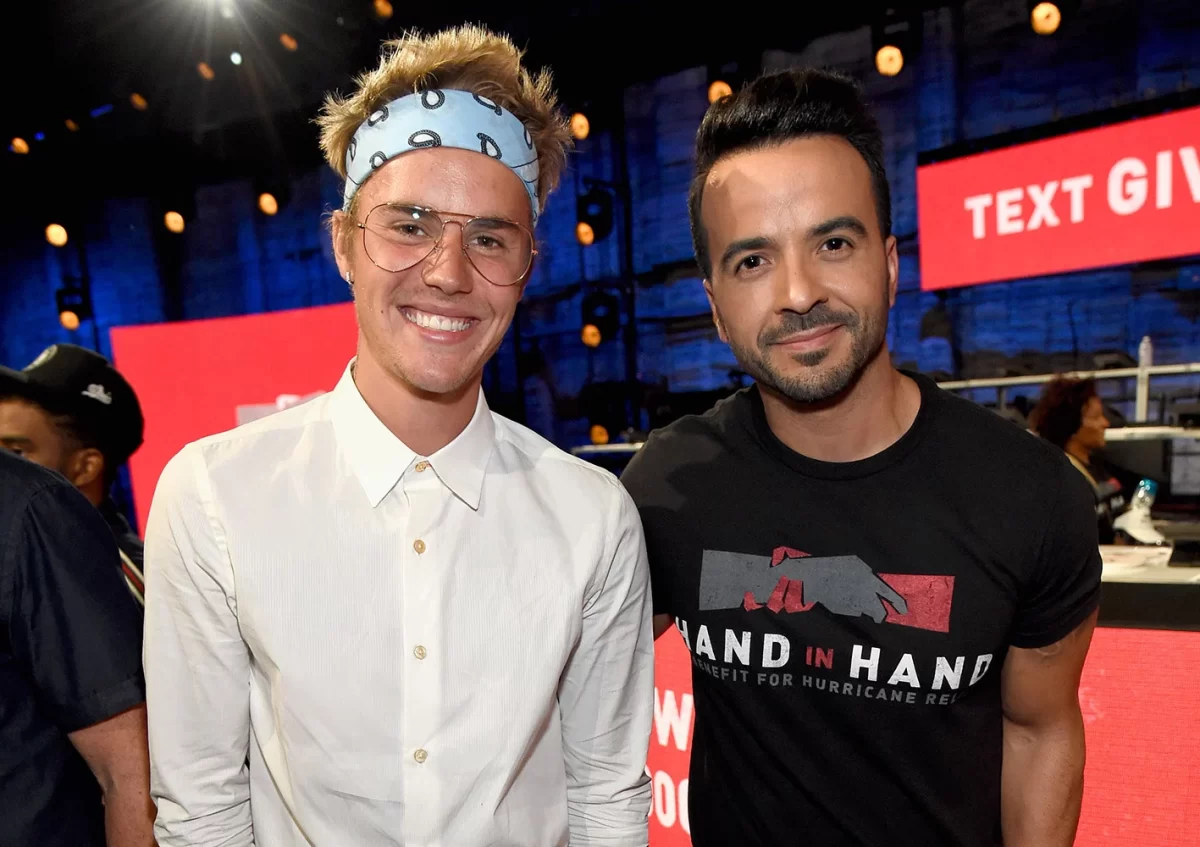Music Experts Split After Judge Clears Steely & Clevie’s Reggaetón Lawsuit For Trial

Now that a US federal judge has cleared the way for Steely & Clevie Productions’ copyright lawsuit to proceed to trial, expert testimony on musical elements is expected to play a critical role in shaping the outcome.
The Jamaican company alleges that over 1,800 Reggaetón songs — including hits by Bad Bunny, Daddy Yankee, Luis Fonsi, Drake, and Justin Bieber — infringed on their Fish Market riddim, better known as “Dem Bow.” At the heart of the case is whether the “boom-ch-boom-chick” percussion elements, foundational to many Reggaetón tracks, are protectable—a question DancehallMag recently posed to musicologists Brian McBrearty and Ewan Simpson.
McBrearty, a music copyright expert at Musicologize, said that rhythm elements, especially ‘simple’ ones like “dem bow,” are generally not very protectable.
“Rhythm elements by themselves are not very protectable to begin with. This one is both brief and straightforward, and that’s part of what makes it enjoyable, but it doesn’t especially help to make it protectable,” McBrearty explained.
He also questioned Steely & Clevie’s application of ‘selection and arrangement’ in court filings, arguing that, while copyright protection can exist for selection and arrangement, the “unprotectable elements” must be “numerous enough and the selection and arrangement of them original enough to be protectable.”
In a ruling last month, Judge André Birotte Jr. refused to dismiss the lawsuit, finding that Steely & Clevie had sufficiently alleged the protectability of the 1989 riddim’s drum pattern and compositional elements. However, he deferred ruling on originality, citing the need for further evidence and expert testimony at a trial.
Ewan Simpson, the Chairman of the Jamaica Reggae Industry Association (JaRIA), attorney-at-law, and ethnomusicologist, believes Judge Birotte made the right call in allowing the case to proceed.
“This trial will allow for proper ventilation and interrogation of some fundamental precepts of intellectual property and might help to dispel some long-held notions about what can and cannot be copied,” he told DancehallMag.
Contrary to McBrearty’s view, Simpson sees potential in the rhythm’s protectability.
“As a basic principle, rhythmic elements are usually not considered for protection,” he noted. “However, if sufficient creativity can be identified such that the rhythmic composition is unmistakably unique, it may well be worthy of protection. I am of the view that this rhythm and its tonal interplays could rise to the level of originality to be protectable.”
Both experts agree that the case could have far-reaching implications.
McBrearty cautioned that a finding of compositional infringement could lead to “tremendous confusion” across genres that heavily rely on rhythm, potentially forcing Reggaetón to “become something pretty new.”
“It also helps to consider that purpose of copyright is to promote creativity. We all want more music. To grant a monopoly over a basic rhythm would do the opposite; it would restrict creativity. So if you’d like more Reggaeton, be careful what you wish for here,” he added.
Simpson, meanwhile, believes the outcome could embolden exploited creators and make the exploiters think twice.
“Borrowing has long been part of the development of music, but giving credit and reasonable compensation to creators for their work is equally a pillar of the industry that should be respected,” Simpson said.
When asked about recourse for Jamaican creators such as Steely & Clevie or Sly & Robbie, who may feel uncredited for their contributions to genres like Reggaetón, McBrearty replied, “I hope there are lots of ways to be credited and recognized for influence and contributions. But influence certainly doesn’t equate to copyright, and a ruling of no liability wouldn’t equate to their contributions being less appreciated.”
The over 1,800 songs at issue in the lawsuit were released between 1995 and 2021. They have amassed tens of billions of views on YouTube and many RIAA Platinum and Latin Platinum certifications in the United States.
They include Drake’s One Dance with Wizkid and Kyla; Drake and Bad Bunny’s Mía ; Luis Fonsi’s Despacito Remix with Justin Bieber and Daddy Yankee and his Échame La Culpa with Demi Lovato; El Chombo’s Dame Tu Cosita with Cutty Ranks; Daddy Yankee’s Dura , Rompe, Gasoline and Shaky Shaky; DJ Snake’s Taki Taki with Selena Gomez, Ozuna, Cardi B; Pitbull’s We Are One (Ole Ola) ; and more.
A similar case involving British singer Ed Sheeran provides insight into how expert testimony can sway copyright infringement lawsuits.
Sheeran’s Grammy Award-winning song Thinking Out Loud was accused of infringing on Marvin Gaye’s classic Let’s Get It On. Music experts from both sides agreed that the songs shared similar chord progressions. However, Sheeran’s experts argued that these elements were generic and universally available to all musicians. Despite Sheeran’s attempt to dismiss the case, the judge ruled that a jury should decide on the songs’ similarities.
During the trial, Sheeran himself testified three times.
His lawyer, Ilene Farkas, likened the shared chord progressions and rhythms to “the letters of the alphabet of music.” She argued, “These are basic musical building blocks that songwriters now and forever must be free to use, or all of us who love music will be poorer for it.” In contrast, Keisha Rice, representing the heirs of Gaye’s co-writer Ed Townsend, clarified that her clients weren’t claiming ownership of basic musical elements. Instead, they asserted rights over “the way in which these common elements were uniquely combined.”
In 2023, the jury ultimately found Sheeran not liable for copyright infringement, the Guardian reported.


